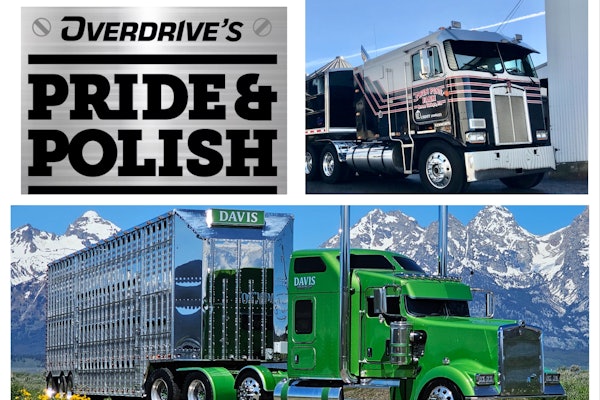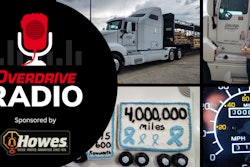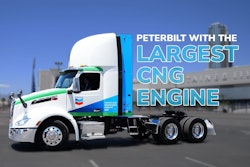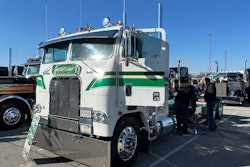One of the most difficult aspects of off-road driving is not knowing what’s up ahead.
Do you carry a chainsaw with you for those common everyday emergencies? Or, if there’s a tough grade ahead, do you simply wait for a bulldozer to come tow you up it, or let it hook on behind to slow your descent? Not much is the same when a driver leaves the highway and heads into woods, mountains or deserts.
What do you think would happen if you suddenly took a remote interstate exit ramp, rolled along an access road for a while, then turned down a dirt, clay, caliche, gravel, mud or white rock road?
“Pavement is a luxury,” says Tim Dodge, a long-time off-road and oilfield driver who is now operations manager for Link Energy’s “Bayou Region,” from Houston east to the Mississippi. “And we not only run off-road, we run off-road at night.”
Link Energy is one of the largest lease crude oil purchasers in North America and a major transporter and marketer of crude oil in the United States and Canada, buying crude oil from lease owners and transporting from the wellhead to the company’s pipeline, and truck transportation systems is the company’s core business.
“I started driving for the company 18 years ago,” says Dodge, based in Jennings, La. “It’s definitely different than driving over the road.”
One of those differences is how the truck handles the weather. A hard rain can impair vision and slick up the roads even for the guys driving on pavement. But imagine what it can do to the guys driving on dirt.




